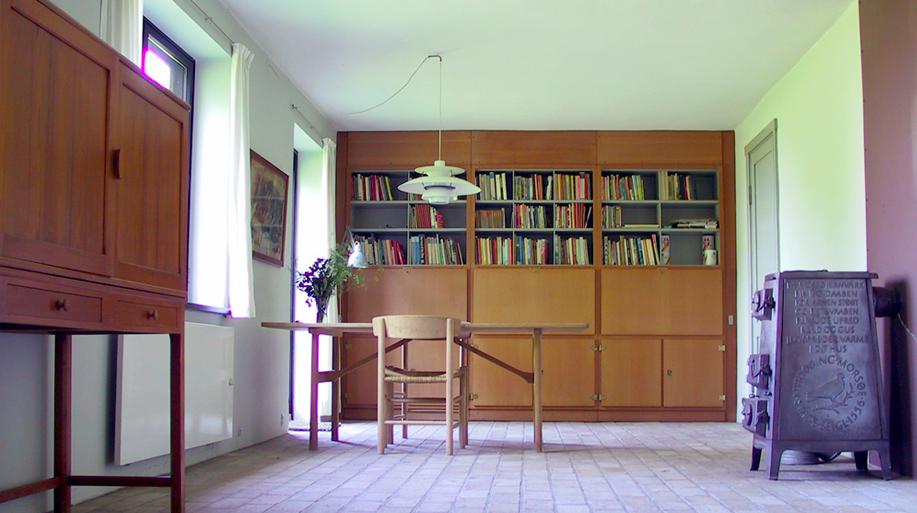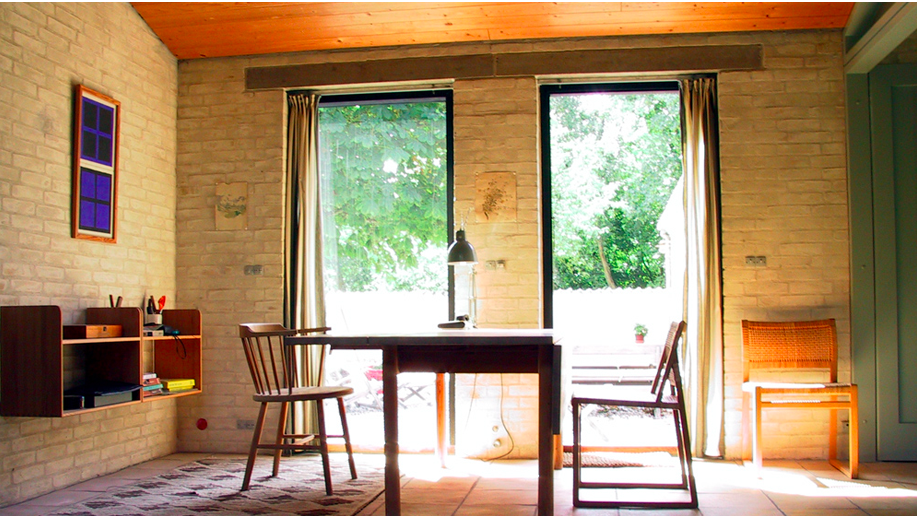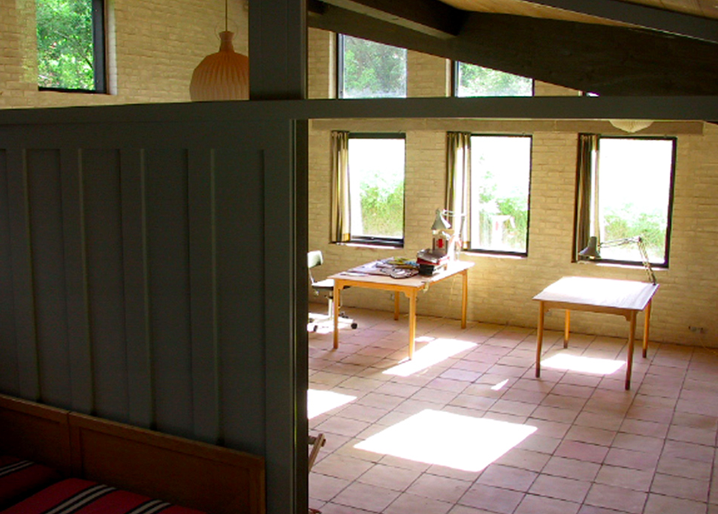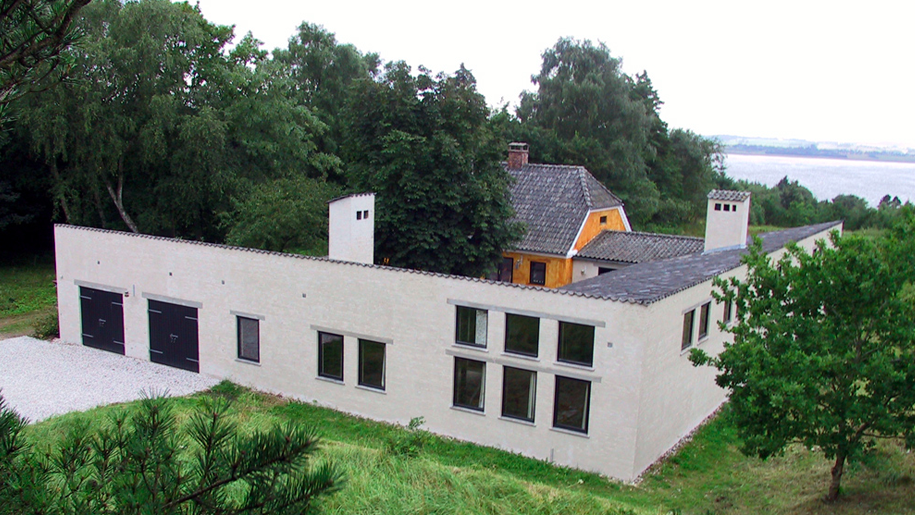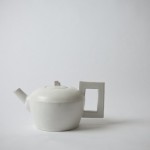November, 2012
The last Japanese garden
When one thinks of contemporary gardens in Japan, there couldn’t be anyone more infamous than Mirei Shigemori. He was an artist both immersed in abstract art and western modernism, as well as traditional Japanese cultural arts such as gardening, ikebana, and the Tea Ceremony. He brought a new form of gardening to Japan incorporating ground breaking elements into his gardens – including his use of concrete – “liquid stone” a man made material that had never been used in a Japanese garden before, the ripple like effect of raking pebbles, creating an image of waves against pointed rock islands, and finally the work of his rock gardens both symbolizing purity, but at the same commenting on the state of the environment and the future world devoid of nature.
Although he was greatly influenced by western culture, his garden designs were enriched by the traditional Japanese gardens he admired so much. He was always on the cutting edge, but he never deviated too much away from natural aesthetic value. A garden is man made and thus doesn’t necessarily have to imitate nature, we can manipulate it to romanticize the best qualities of nature and use it to tell a story.
Mirei Shigemori, offered this story as a way to explain man’s close connection to gardening:
“When people lived in primitive huts or caves, as hunters and gatherers did. They enjoyed intimate contact with nature and the gods. But this changed when ancient people built houses and started to spend more time indoors, protected from the direct contact with nature and its forces. So the process of civilization in this respect was a path to alienation from the gods in nature, creating an increasing distance between man and nature.
Then, there came a point when people, fearing the absence of the gods, started to bring nature back into their lives and close to their homes in the form of gardens.”
Above:
Tiles and moss from Tofuku-ji Hojo, one of Shigemori’s first commissions. He took on the project without asking for money because he knew it was an oppurtunity to create something that might last forever. Shigemori was free to do whatever he wanted with the design, but the Buddists who ran the temple asked if he would include the use of the paving stones in the garden, as their Zen-sect was not allowed to let anything go to waste. This iconic pattern of paving stones and moss has now been copied all around the world.
Clipped azaleas inspired by rice fields in Japan.
Mirei Shigemori’s Garden residence, onlooking a collection of vertical stones. The pendant light hanging above was a gift by his friend and fellow designer Isamu Noguchi.
Hashi no Niwa garden, Komyo-in temple.
Picture window – rock formation.
Matsuo Taisha shrine, one of Shigemori’s masterpieces.
Most of the above photos were taken from the book Rebel in the Garden.
Børge Mogensen’s summer home
This morning I opened up my computer and for some reason decided to visit Fredericia’s website. I knew they were working on it, and I’ve been checking the past few days to see if there was any progress being made. To my surprise when I visited their link I was welcomed by a fresh new homepage and an intriguing link at the top of the webpage saying “inspiration”.
It was here that I saw the first images of Børge Mogensen’s summer home, a set of photographs that I have never seen before!
As with other Mogensen designed homes there are some clear themes that resonate throughout the space. The lime plaster washed brick, the central fireplace, the natural stone floors, the Japanese garden, and of course Mogensen’s beautiful furnishings.
They concluded with this caption:
“When Børge Mogensen and his family took time off, they went to their summer cottage in sandy North Jutland, but with clear evidence, Børge never took time off… The design office is one of the largest rooms in the house.”
A beautiful central courtyard with Nyhavn wall sconces, and a special Mogensen bench.
A J39 chair and the 6284 table both of which you can see in person at Mjolk.
One sofa we wish we could incorporate in our lives. We first saw this sofa at Professor Oda’s house during our trip to Hokkaido Japan.
A grass rug sits under one half of the desk.
Leather pulls on the pantry, with a woven chair in the background.
Oak kitchen with brass hinges.
Food Work by Anderssen-Voll
One of our favorite design teams Anderssen-Voll have designed the most beautiful assortment of kitchen tool prototypes for the new Norwegian collective project called “Food Work“. Whenever I see their new prototypes, I can’t help but selfishly think “how can I get these beautiful things into Mjolk!?” Hopefully one day we’ll be able to persuade Torbjørn and Espen to get on a plane to Toronto and host an exhibition of their work.
Here is the work they created for the exhibition complete with descriptions in their own words:

Good morning moka pot. A morning without coffee is like sleep. A good morning is fueling up with your own, home-brewed espresso. This is our dream pot: a hybrid of the classic Italian pots, traditional Japanese handicraft, and Norwegian cravings for extra strong coffee. The pot is made in aluminum, with a walnut handle. The way the pot is divided tells the story of the transition from the crude to the refined – from beans and water to pure pleasure.
Tuamotu cooking top. The small gas top is your atoll of gastronomic cooking pleasures. The solid marble base and cast iron details are elements of a rustic and contemporary attitude. These are classic and basic materials adjusted to a personalized and compact way of living. Everyday luxury with high quality materials and a timeless expression.
Chef wooden containers. These are small, multipurpose containers turned in pine wood. The shape is a direct result of how the hands usually operate in opening and closing containers: a truly handmade outline.
Ori grinders and salt cellar. These grinders and cellar were results from experimenting with origami in our studio. The shapes of folds and crystals inspired the idea of milling salt and pepper. The conflict between the top and the bottom parts is a physical representation of the internal grinding process. The grinders and cellar are made from maple wood and Corian.










